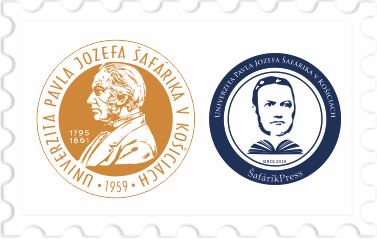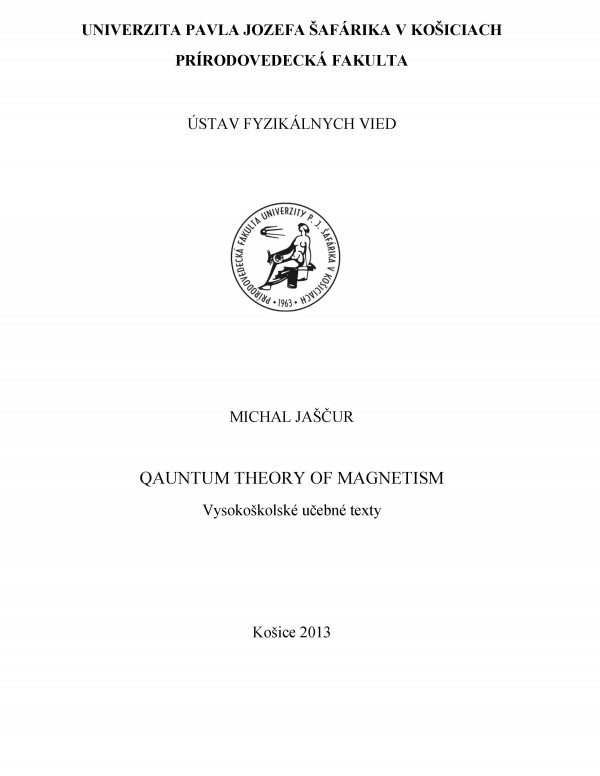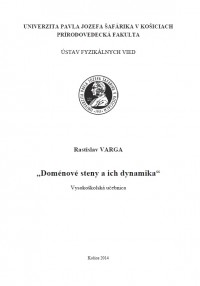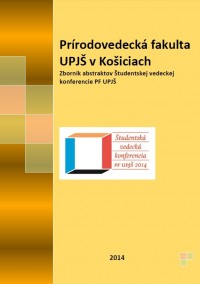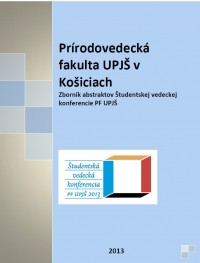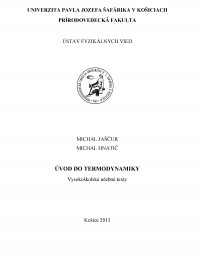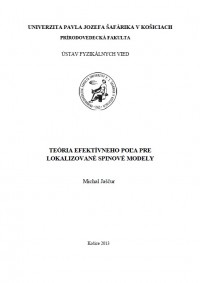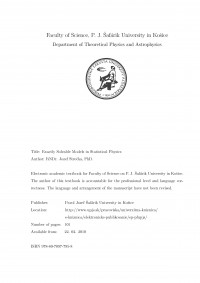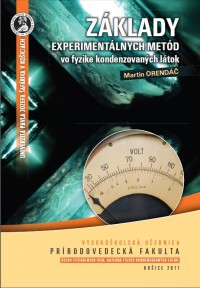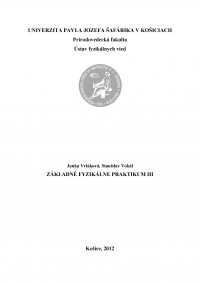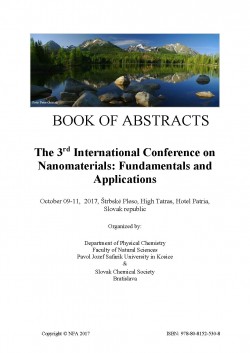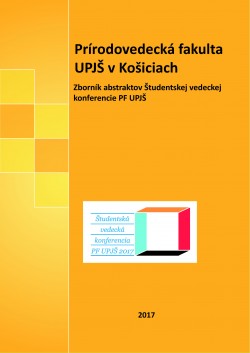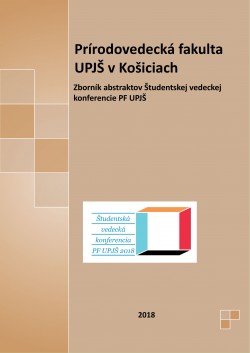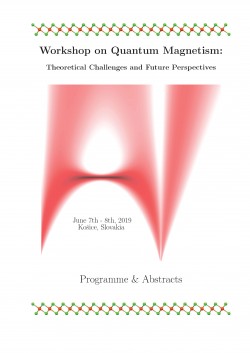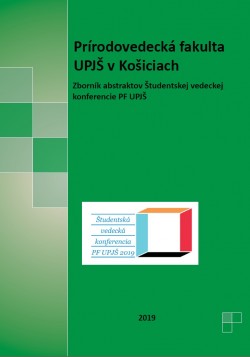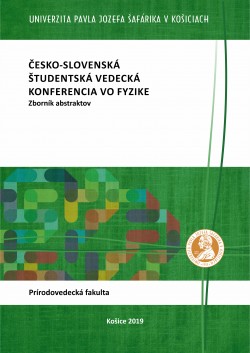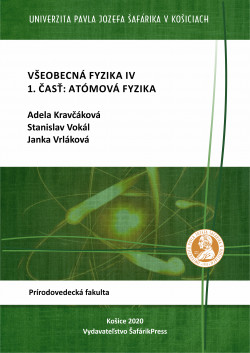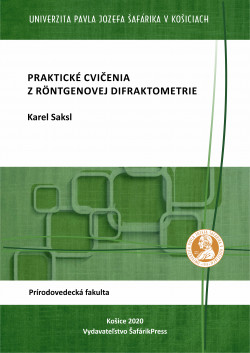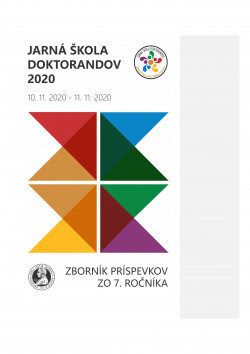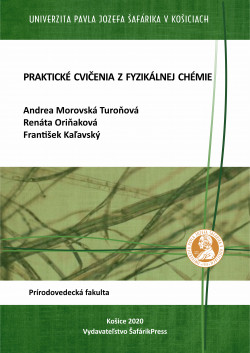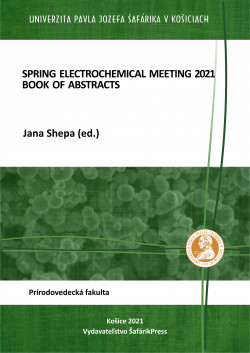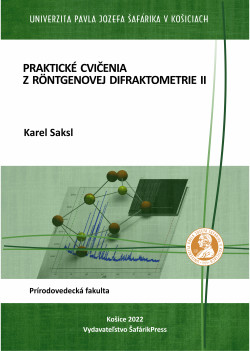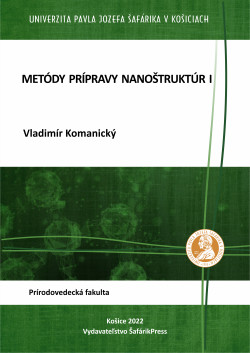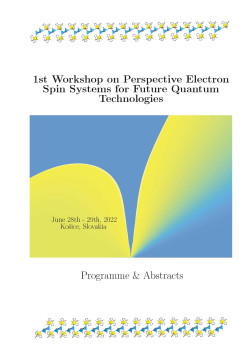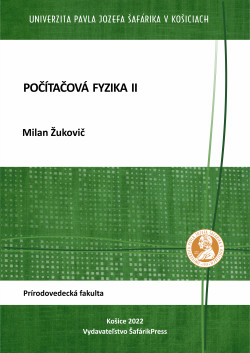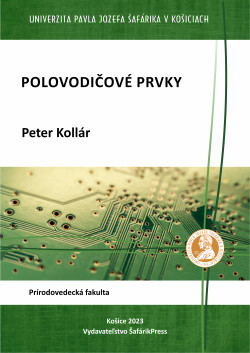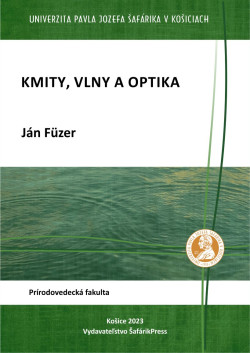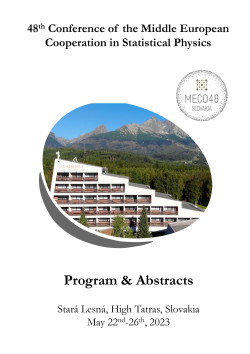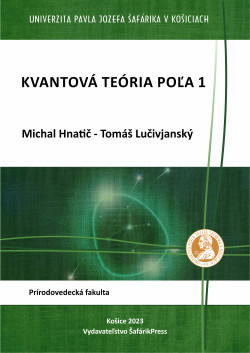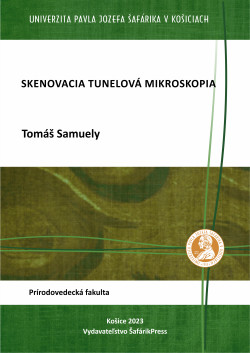Žiadne produkty
Produkt bol úspešne pridaný do vášho košíka
0 ks tovaru Vo vašom košíku je 1 produkt.
Ďalšie informácie
| Autor: | Michal Jaščur |
| Rok vydania: | 2013 |
| Dostupné od: | 10.10.2013 |
| Vydanie: | 2. vydanie - doplnené |
| Typ dokumentu: | vysokoškolský učebný text (skriptá) |
| Jazyk publikácie: | angličtina |
| Počet strán: | 65 |
| Fakulta/pracovisko UPJŠ: | Prírodovedecká fakulta UPJŠ |
| Ústav: | Ústav fyzikálnych vied |
Popis
This is a supporting text for the undergraduate students interested in quan- tum theory of magnetism. The text represents an introduction to various theoretical approaches used in this eld. It is an open material, in the sense that it will be supported by appropriate problems to be solved by student at seminars and also as a homework.
The text consists of four chapters that form closed themes of the in- troductory quantum theory of magnetism. In the rst part we explain the quantum origin of the magnetism illustrating the appearance of the ex- change interaction for the case of hydrogen molecule. The second chapter is devoted to the application of the Bogolyubov inequality to the Heisenberg model and it represents the part which is usually missing in the textbooks of magnetism. The third chapter deals with the standard spin wave-theory including the Bloch and Holstein-Primakoff a approach. Finally, we discuss the application of the Jordan-Wigner transformation to one-dimensional spin-1/2 XY model.
The primary ambition of this supportive text is to explain diverse math- ematical methods and their applications in the quantum theory of mag- netism. The text is written in the form which should be sufficient to de- velop the skills of the students up to the very high level. In fact, it is expected that students following this course will able to make their own original applications of the methods presented in this book.
The reading and understanding this text requires relevant knowledges from the mathematics, quantum and statistical mechanics, and also from the theory of phase transitions. It is also expected that students are familiar with computational physics, programming and numerical mathematics that are necessary to solve the problems that will be included in the MOODLE educational environment of the P.J. Safarik University in Kosice.
Finally one should note that the text is mathematically and physically rather advanced and its understanding assumes supplementary study of the books listed in the list of references.
